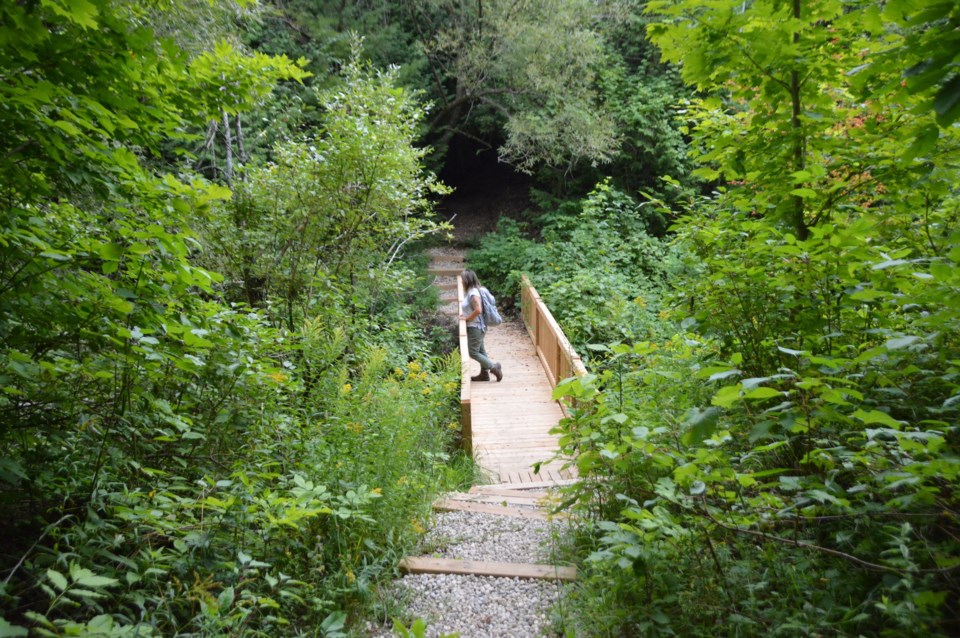BarrieToday welcomes letters to the editor at [email protected]. Please include your daytime phone number and address (for verification of authorship, not publication).
*************************
What’s the matter with Bill 23, More Homes, Built Faster? Sounds good, right? People need homes and the Ontario government is going to get them built.
But have a closer look at this bill and it won’t take long to see the holes in that document. In fact, it’s full of holes that give free rein to climate disaster and undermine our democracy.
Right up front, I have to disclose a bias. I like what conservation authorities do. I like conservation areas even more, and they wouldn’t be protected without conservation authorities. I like walking at the Tiffin Centre on bridges over clear streams, under so many varieties of trees, beside old, fallen trees covered with moss in the process of returning to the earth, on paths lined with plants I can’t identify without my phone.
What does that have to do with Bill 23? The Ontario government wants to fast-track home building by gutting the mandate of conservation authorities to issue permits on development. You might wonder who knows best where homes should be built. Politicians? Or planners, ecologists, flood operations field specialists, watershed monitoring specialists, water resource engineers, aquatic biologists and more? All of these experts work at conservation authorities.
And they share their expertise with all of the municipalities in their watersheds for a financial contribution from local governments and the province. Conservation for the people, by the people was the rallying cry of the founders in 1946, and their plans were brilliant. They organized the newly formed conservation authority not by political boundaries but by watershed, the way the environment is connected. Every municipality in the watershed, often from several different counties, has a representative on the board of directors.
Not only would conservation authorities lose the ability to review planning applications and decide on permits in Bill 23; the lands that they own and protect could be confiscated by the government for development purposes.
I grew up near the Springwater Conservation Area in southwestern Ontario, a woodland donated to the local conservation authority in the ’50s by a farmer who understood that the value of his property would only be realized by protecting it. The wood is considered to have the characteristics of an old-growth forest. I think of Mr. White and his foresight every time I visit. Developing those protected areas would be a betrayal of good faith by the provincial government.
As mentioned, Bill 23 is full of holes. The ones I’ve listed are enough to cause episodes of despair. But there are many more. The unnecessary assault on the Greenbelt, the loss of public participation in land-use planning, the increased cost to municipalities of making development decisions while also having their income from development fees reduced. Find out more and see if you agree that all of this is unnecessary. Land that is already approved for development in urban communities with public transit and job opportunities is available for building affordable housing. Conservation authorities should continue to do what they do best.
Anne Learn Sharpe
Angus
*************************



